Are you trying to figure out how a weather station can improve your daily life? Have you ever wondered what features come with owning one of these incredible devices? By understanding the mechanics behind a weather station, you’ll gain insight on all the advantages that it offers, including an accurate outlook for upcoming weather and detailed data about different types of climate changes.
This blog post will provide comprehensive information regarding how a weather station functions and why having access to such technology is incredibly advantageous!
Table of Contents
What Is The Weather Station?
The weather station is a device that measures the temperature, humidity, barometric pressure, wind speed and direction, precipitation levels and other meteorological elements. The information gathered by these devices is used to create detailed local forecasts for areas around the world.
Modern weather stations can collect data from satellites and model forecasts to provide accurate readings of weather patterns over time. Weather stations play a vital role in providing accurate information about the environment and help to keep people safe during extreme conditions. Weather stations also provide essential data for scientists studying climate change and predicting natural disasters such as hurricanes and floods. By collecting data from locations around the world, weather stations provide a valuable tool for understanding our environment.
Weather station technology has improved significantly over the years. Newer models are equipped with more powerful sensors to measure various parameters with greater accuracy and can also connect to local wireless networks or the internet to transmit real-time readings. This makes it easier for meteorologists and other professionals to monitor weather patterns over larger areas in a fraction of time compared to traditional methods. Weather stations are now available for both home use and professional use, making them accessible to everyone who needs accurate information about the weather. [1]

Why Is A Weather Station Useful?
A weather station is a valuable tool for understanding the current and future weather conditions in an area. It provides accurate data such as temperature, wind speed, humidity, pressure, rainfall amounts, and more. With this information, people can plan their activities accordingly. For example, if heavy rain is forecasted for the upcoming weekend then people can plan to stay indoors or take appropriate precautions when planning outdoor activities.
Weather stations are also great devices for tracking long-term changes in local climate conditions and alerting of extreme weather events such as floods or hurricanes. By having access to real-time data from a weather station, one can get a better understanding of what kind of environment they may be living in over time and plan accordingly. This can be especially useful for people living in coastal areas, where weather changes more quickly and often. [2]
In addition to providing data on current conditions, a good weather station will also offer predictions of future trends. This is invaluable information for many industries such as agriculture, energy production, construction, and recreational activities. By knowing what kind of weather to expect in the near future, businesses can plan their activities accordingly, reducing costs associated with less efficient operations.
Overall, having access to reliable data from a quality weather station is a great tool for everyone that helps to make informed decisions about upcoming events and preparation plans. With this knowledge one can get an accurate picture of local climate conditions and take necessary precautions or actions when needed. [3]
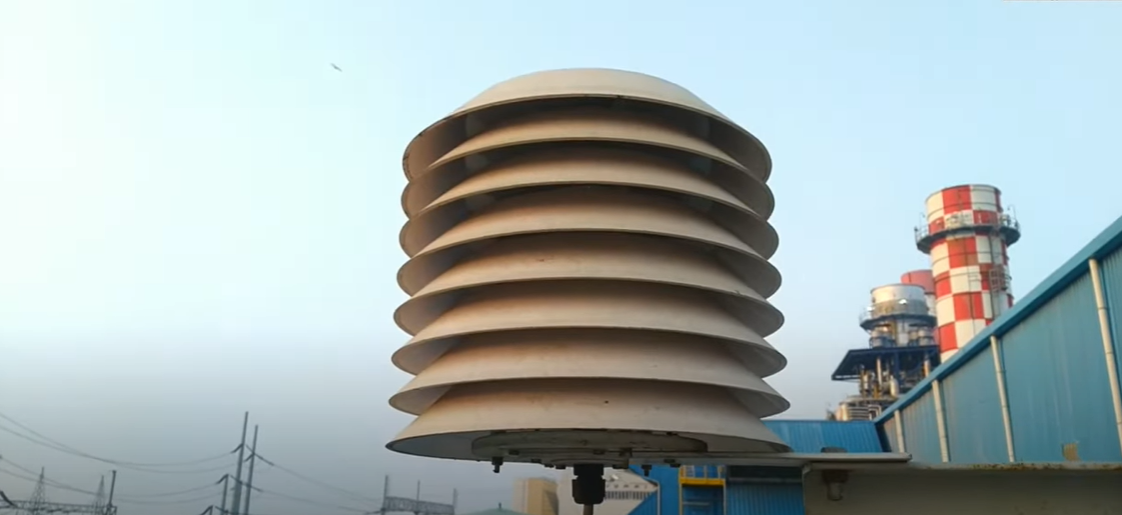
What Are The Functions Of A Weather Station?
Weather stations are devices that measure and record various weather-related parameters. They are typically used to monitor local weather conditions for safety and convenience. Additionally, they can be used to track long-term climate trends or alert us to potential extreme weather events.
The primary function of a weather station is to collect data about the current conditions in its vicinity. This information is often displayed on an instrument panel or digital screen where users can check current readings at any time. The data can also be transmitted wirelessly to a local network or even the internet for further analysis or forecasting purposes.
By connecting a weather station to an online platform like Weather Underground or WeatherBug, users can access comprehensive data about their local environment that is updated in real-time. This information can be used by homeowners for improved garden care or by farmers for smarter crop management decisions. Schools use weather stations to teach students about meteorology while businesses watch the trends to help plan future operations. [4]
In short, there are many functions of a weather station that allow us to better understand our environment and make informed decisions regarding safety.
Weather Station Sensors And Its Diversity
Weather station sensors measure a variety of atmospheric conditions, such as temperature, wind speed and direction, relative humidity, barometric pressure, dew point and rainfall. Temperature is measured using thermometers; wind speed and direction is measured with anemometers; relative humidity is measured with hygrometers; barometric pressure is measured with a barometer; dew point is calculated from the temperature and relative humidity measurements; and rainfall is measured via rain gauges.
Newer weather stations may also include lightning detection sensors that measure atmospheric electrical fields to detect potential strikes in the area.
In addition to their use as forecasting tools, weather station sensors are often employed for agricultural management purposes such as soil moisture analysis or irrigation systems control. They can be used to monitor weather conditions at construction sites or in remote areas where access to traditional meteorological services is not available.
Advanced professional-grade platforms for weather monitoring often feature software-enabled sensor modules with wireless connectivity options for collecting data from multiple sources. These systems allow for combining the data from different sensors and correlating it to create powerful forecasting models that can accurately predict extreme weather conditions in advance.
In addition, the use of advanced weather station sensors has been recently extended beyond meteorology to fields such as pollution monitoring, solar energy production and aviation safety. By collecting and analyzing detailed environmental data, these sensors help improve air quality, increase power efficiency and reduce aircraft accidents caused by hazardous atmospheric conditions.
The diversity of weather station sensor technologies is also growing as new innovative solutions are being developed to meet ever-increasing demands for precision and accuracy in meteorological analysis. From traditional analog instruments to sophisticated digital models with integrated communication capability, weather station sensors provide a variety of options suitable for any kind of weather monitoring job. [5]
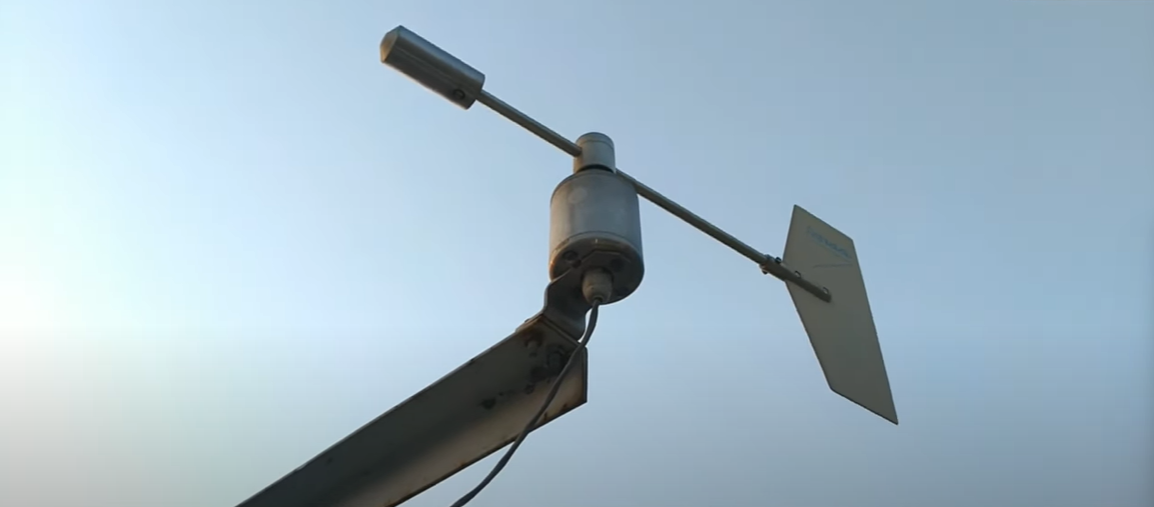
How to Get Started with a Weather Station?
Getting started with a weather station is quite straightforward. The first step to setting up your weather station is purchasing the necessary equipment. Depending on your needs, you can purchase a professional or an amateur setup. Professional setups are more comprehensive and detailed, often including features such as multiple sensors and software for analysis. Amateur systems offer basic functions at lower cost. Once you’ve purchased your equipment, you need to install it in an appropriate location. Consider factors such as clear skies, direct sunlight exposure, and safe distance from other sources of interference when selecting a spot for your station.
Next, connect all the components of your weather station according to the manufacturer’s directions and mount them securely in place. This includes connecting the sensor suite to the console, ensuring all cables are connected properly. Once everything is in place, turn on the power and the station should begin recording data.
To complete the setup process, you must enable remote access for your system. This will allow you to monitor and manage your weather station from any computer or mobile device with an internet connection. You can also use this feature to share data with other users over a network or via email. [6]
Once your weather station is up and running, it’s important to regularly check and maintain it. This includes ensuring that sensors are working properly, replacing batteries if necessary, calibrating sensors when needed, and more.
What is an Automatic Weather Station?
An Automatic Weather Station (AWS) is a system of instruments and equipment which measure various atmospheric conditions at a specific location. These stations are typically automated, so they require minimal operator involvement or intervention.
AWSs can measure air temperature, relative humidity, wind speed and direction, visibility, precipitation levels and other weather conditions. The data collected from an AWS is used in a variety of applications, such as forecasting the weather and making climate change assessments. In addition to its scientific uses, an AWS can also be used for agricultural and industrial purposes. By monitoring the weather conditions at specific locations over time, farmers can better plan their crop growing cycles. [7]
With more accurate data available from an AWS, response teams can better prepare for any potential disasters. All in all, an Automatic Weather Station is a valuable tool that can be used across many industries to monitor the environment and make informed decisions. [8]

The Workings of an Automated Weather Station
An automated weather station is an instrument which records and stores data about the weather outside. These devices are highly advanced. AWS comes in several sizes and designs which vary by manufacturer. Some models may offer more features than others or may be more suitable for certain types of environments. Depending on the model chosen, an automated weather station may work either through wireless technology or connected directly into power sources such as AC outlets or solar panels. The device typically runs on a battery pack, but some models may have external power sources available if needed.
The data gathered by an automated weather station is sent to a central server for processing. In addition to measuring the environment outside, some automated weather stations are able to measure the indoor temperature as well. This data can be used to adjust heating and cooling systems in order to maintain optimal temperatures inside a building or facility. [9]
Automated Weather Station Advantages
- Automated weather stations provide detailed, accurate weather data that can be used for better forecasting of the weather.
- They are much cheaper to install and maintain than traditional meteorological monitoring systems.
- Automated weather stations provide real-time information about current and projected conditions which can help inform decision making concerning safety or operations.
- These systems are portable so they can be easily moved to areas where manual monitoring is not an option such as remote mountain tops or glaciers.
- Automated weather stations provide high frequency measurements with a wide variety of sensors including pressure, temperature, humidity, wind speed and direction, solar radiation, precipitation rate/total accumulation, soil moisture and more.
- Automated weather stations can be integrated with online networks to connect data from multiple locations and allow for more comprehensive monitoring.
- They are also a great way of educating the public, as they often have user interfaces which make it easy to view current conditions and forecasted trends.
- Finally, automated weather stations require minimal human intervention, reducing labor costs associated with manual meteorological operations. This makes them an attractive option for businesses or organizations that need to monitor weather conditions without having to add staff. [10]

FAQs
How do weather station sensors work?
Weather station sensors use a variety of technologies to measure different aspects of the atmosphere. Thermometers, anemometers, rain gauges, barometers – all designed to work together to give accurate readings of the weather conditions in any given area. Sensors can be located outdoors or indoors depending on the type and accuracy needed for the specific application. Additionally, wireless technology is often used to transmit data from one location to another, allowing for long-range monitoring and forecasting.
Do home weather stations work?
Yes, home weather stations are highly accurate and reliable tools for monitoring weather conditions in a specific locale. They typically consist of multiple sensors that measure temperature, humidity, wind speed and direction, barometric pressure, and rainfall. All of the data collected is then transmitted to a receiver which can be connected to various devices such as smartphones or tablets. Once your home weather station is set up and running you will have access to detailed real-time information about current local conditions as well as historic records and average values showing long term trends.
How does a weather monitor work?
A weather monitor works by collecting data from multiple sources, both digital and manual. This data is used to measure the current temperature, humidity, wind speed and direction, as well as other factors such as barometric pressure and precipitation levels. The monitor then evaluates this data to provide an accurate forecast of the upcoming climate conditions. The monitor also has additional features such as alarms that alert users if certain temperatures or other conditions have been reached, enabling them to adjust their activities accordingly. Weather monitors are equipped with automatic sensors that constantly measure atmospheric changes in order to provide reliable readings. Some more advanced models can even detect lightning strikes in the area, giving users extra time to prepare for potential storms. Weather monitors are essential tools for any outdoor enthusiast who wants to track the current and upcoming weather conditions.
How do weather stations get data?
Weather stations typically have instruments that measure various aspects of the atmosphere. This data is then transmitted to a central server or weather service for further analysis. The data obtained from these instruments can be used to analyze local weather conditions in real time as well as forecast future weather patterns. The most advanced weather stations are able to collect and transmit vast amounts of data about the atmosphere on a regular basis, allowing scientists to gain increasingly detailed insights into climate change over time. Weather balloons, buoys, satellites and other remote sensing devices also contribute additional information to the global network of weather sensors and reporting systems.
Useful Video: WeatherIQ: All about weather stations!
Summing Up
In conclusion, weather stations have shown to be a very efficient and reliable way to monitor the environment. They come in many different types, each offering their own unique benefits. By collecting valuable data on factors such as temperature, humidity, wind speed and direction, rainfall amount and more, they provide us with an invaluable insight into the natural world that surrounds us.
Weather stations also enable us to mitigate any potential risks associated with changes in climate or adverse weather conditions. In short, these incredible pieces of technology help us better understand our environment and how best to live within it. So if you’ve been considering investing in a weather station for yourself or your business, now’s definitely the time! Make sure to take advantage of the latest advancements in weather technology and keep yourself informed so you can enjoy a safe and healthy environment for years to come.
References:
- https://www.weatherstationadvisor.com/what-is-a-weather-station/
- https://www.netatmo.com/weather-guide/weather-station
- https://www.rikasensor.com/the-importance-of-a-weather-station.html
- https://windy.app/blog/what-are-the-weather-stations.html
- https://www.renkeer.com/weather-station-choose/
- https://www.lifewire.com/set-up-a-personal-weather-station-5210032
- https://www.earthnetworks.com/resources/weather-facts/automated-weather-stations/
- https://www.comptus.com/how-does-an-automated-weather-station-work/
- https://www.theraingauge.com/automatic-weather-station/
- https://www.niubol.com/Product-knowledge/Automatic-Weather-Stations.html

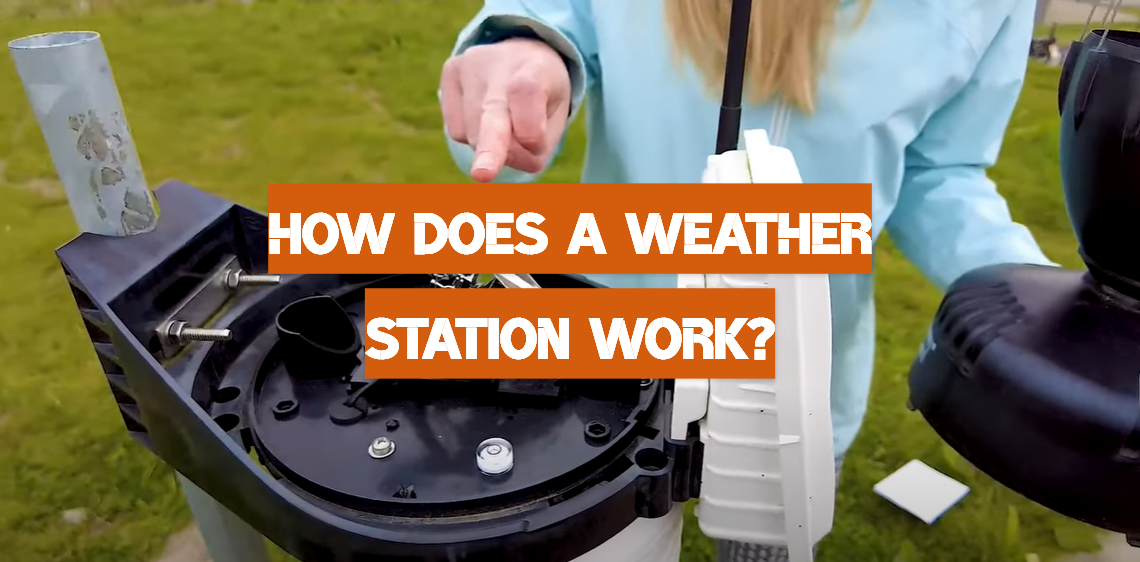
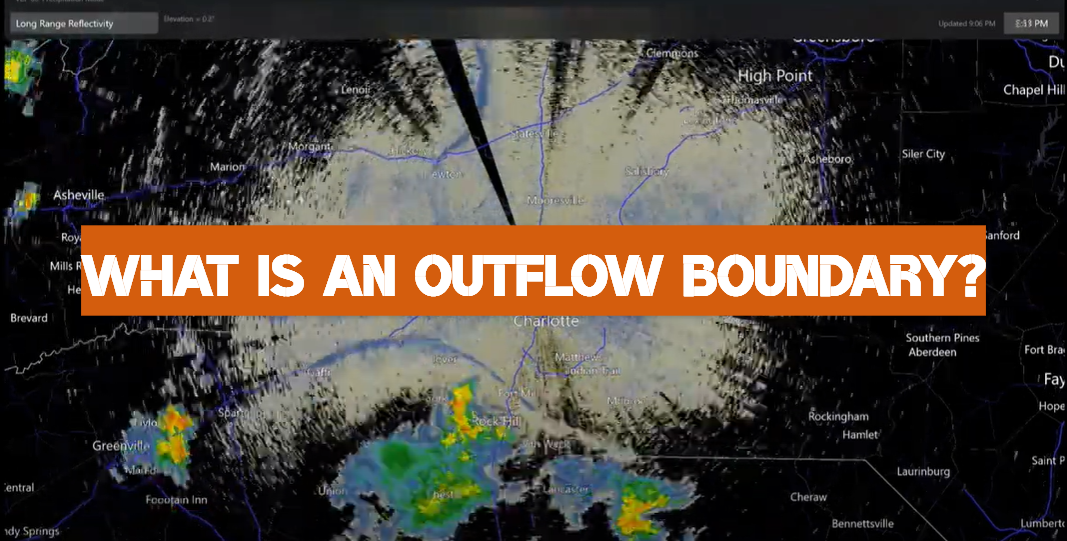

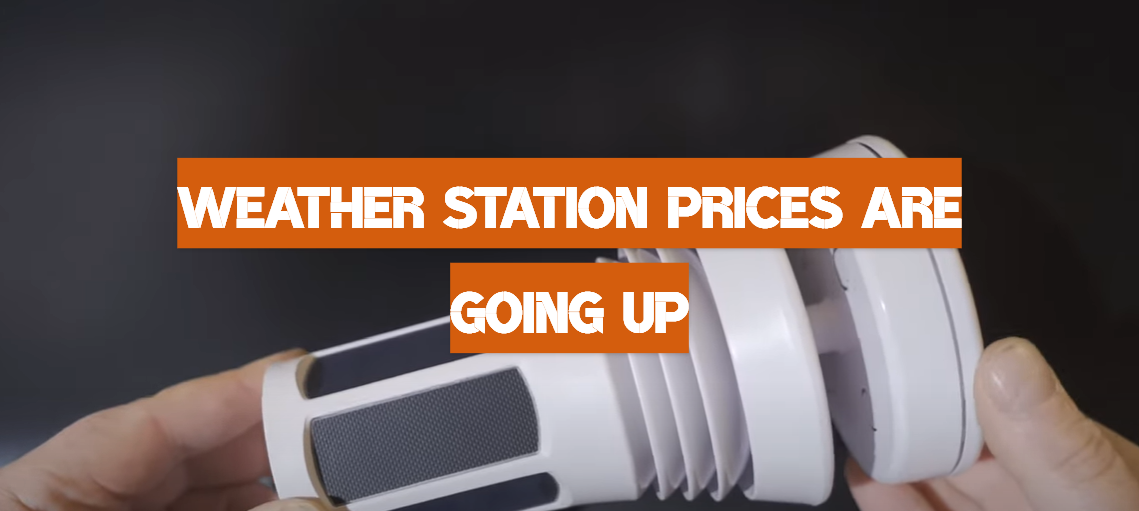

Leave a Reply